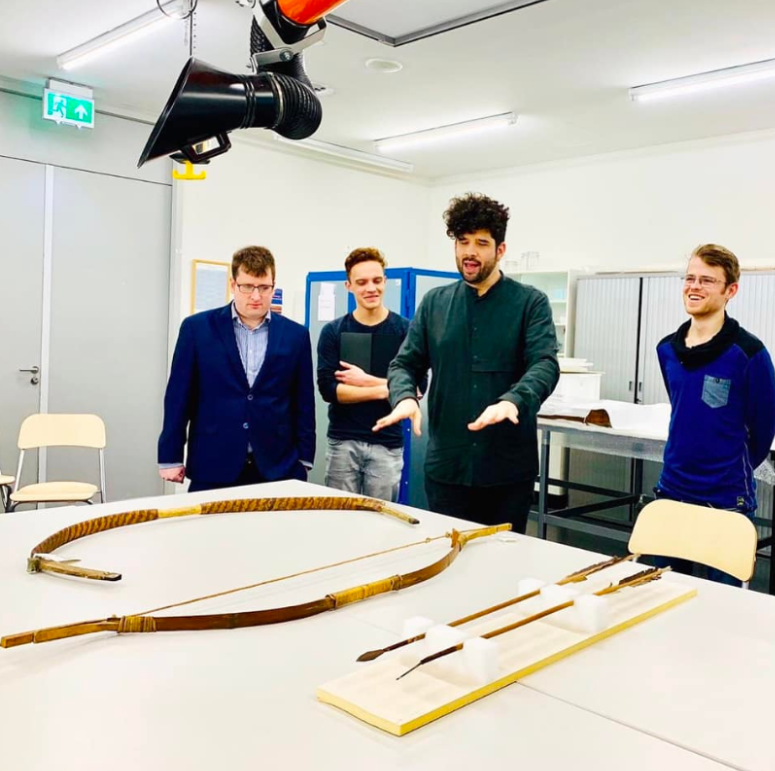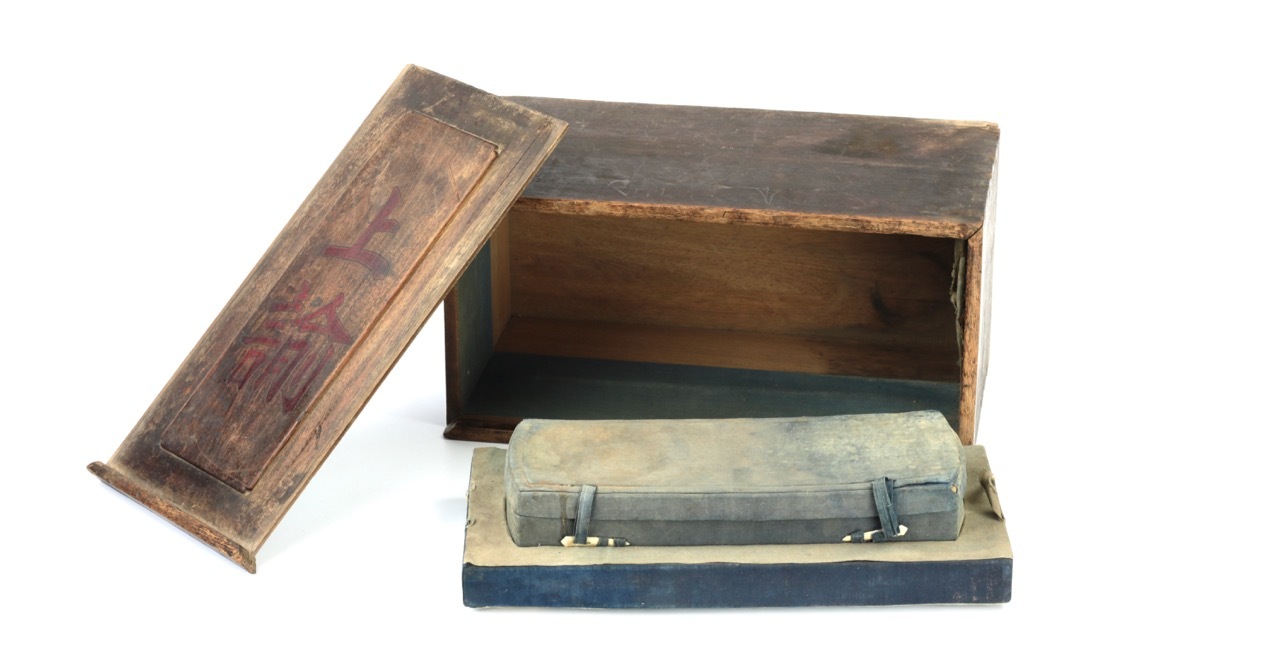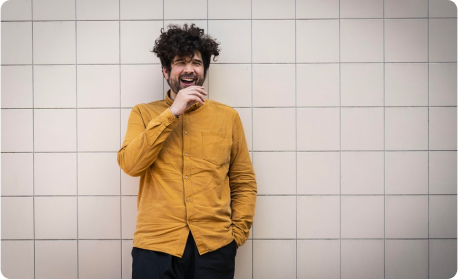Interview with Fresco Sam-Sin
Fresco Sam-Sin
22 April, 2024
Fresco Sam-Sin (1982) is the initiator of Things That Talk, a platform that tells the stories about objects. His initial idea was to build a platform for Qing objects, the last ruler house in China (1636-1912).
Why did you start teaching with objects?
I am trained as a philologist. During my studies I would busy myself for days in a row, just looking at one word or expression. Later, when I started to teach Manchu (the court language of the last rulers of China, 1636-1012), I just did what I knew best: slow reading documents with my students and having them make linguistic and historical observations.
One day, when I brought coins to class in order to start the teaching of Manchu script with a new group, I asked them to say something about the coin. All their responses were text-oriented, even if they could only read part of the Chinese obverse, and nothing on the Manchu reverse. It was in that moment that I realized that we have been training (at least I did) humanities students to solely focus on text, and see objects as only nice illustrations to a text. The coins all had holes, had different colors, sizes, smells; all telling us things that matter; things that we cannot get from texts, or even overrule texts. Indeed, things are in themselves texts.
If you are interesting in reading more about the benefits and challenges of teaching and learning with objects in the humanities and other fields, please refer to section 2. Benefits and challenges of teaching with objects in different fields in the State of the Field
“things are in themselves texts.”Fresco Sam-Sin
Who was your inspiration in teaching with objects?
Strangely enough, my inspiration in teaching with objects was Uwe Bläsing. He was my Manchu teacher at Leiden University. He is a man of books, and a man of languages (he taught over 30 languages). Whenever in a Manchu text we would encounter an object or a territory that we did not grasp, he would take us outside, and we would visit whatever institute necessary in order to understand the bird, the gate, the ritual that stared at us from a text.
Looking at objects is not so different from the work of a philologist. You first observe everything there is to know about an object (e.g. size, smell, feel, material, damage, restorations etc.). After that, you place all of those observations within a wider context, measure them against the history as we know it, and against objects and texts that speak to the object under scrutiny.
If you are interested in learning more about the importance of experiencing objects in institutes or museums, please refer to section 4.1 Practical sessions in the State of the Field

What is your favorite object to teach with?
Well, right now I am obsessed with finding objects that can teach us something about inclusivity and diversity. Objects that students can explore themselves, and reach conclusions that would otherwise need a lot of text and discussion. I am doing this with my colleague Jill Decrop Ernst (also Things That Talk). We are convinced that rather than talking about accessibility challenges, it is important to have people experience them during a workshop: podotactile strips, scissors for the lefthanded, alarms without light signals etc.
As a visually impaired teacher, I feel it is my duty to help to advance the discussion about inclusivity and diversity in a way that is playful, experimental and non-linguistic.
For more information on inclusivity and teaching with objects refer to section 4.2 Inclusivity in the State of the Field
You are the initiator of Things That Talk, why is it important to tell stories about objects?
Since humans will always want to translate any kind of sensation into words, it is important to equip students with the right words to put objects into words. Not only focussing on the factual, in-your-face, details, but also using the materiality to tell stories about the world in which an object has lived, is living and will be living. I believe that academia has to become better in telling stories. In this, objects are always helpful, since they are a concrete symbol next to text. And even if you do not have an object in your hands, or even nearby, bringing an objects into your narrative space can help people engage and relate.
What is the challenge in using language to bring objects to life?
Academia is obsessed with concise and factual language, and building sentences that people from other fields have great difficulties to understand. The codification and the jargon is intense, and when talking about objects, it can be hard to put that lingo aside, and focus on the story of an object. When telling somebody else about an object's smell, texture, temperature, size, material etc., sometimes make people nervous, because they feel that it sounds as if they are stating the obvious. Well, looking at this judgment realistically, many objects in our practice are not allowed to touch, let alone feel or smell. Hence, to learn the language of things is crucial.

What object would you like to bring to the classroom?
Well, I already did this once, but would love to do it again: I brought to class a post box that belonged to the emperor of China in the 17th century. It is made out of rosewood, and inside of it is a smaller box, made out of blue fabric. It is incredibly expensive, but I did not tell the class until they smelled the box and passed it around the class. The moment I told them what it was - that it was a box with which the emperor sent around messages throughout his realm - the students were kind of starstruck. They all of the sudden realized that objects may look boring, old or broken, the story behind might be of imperial greatness.


